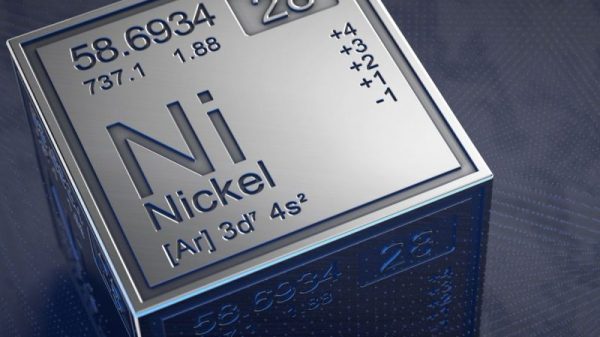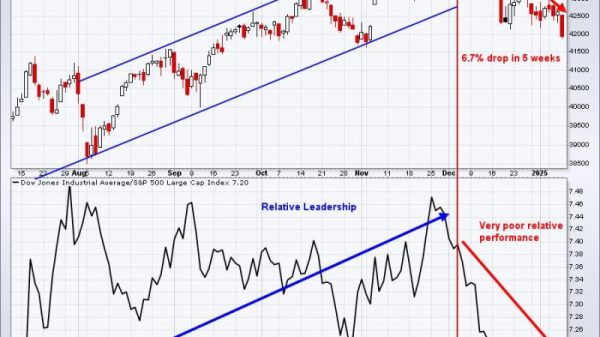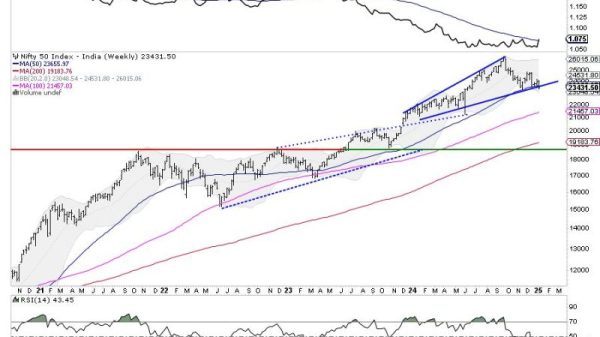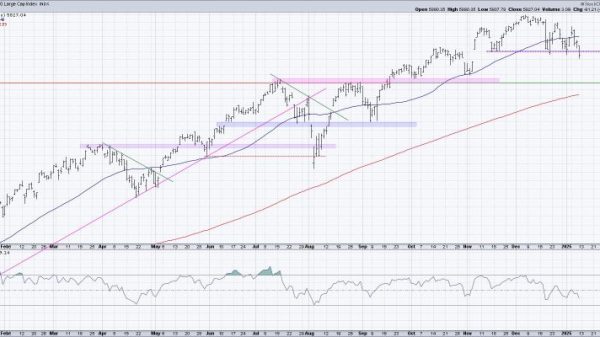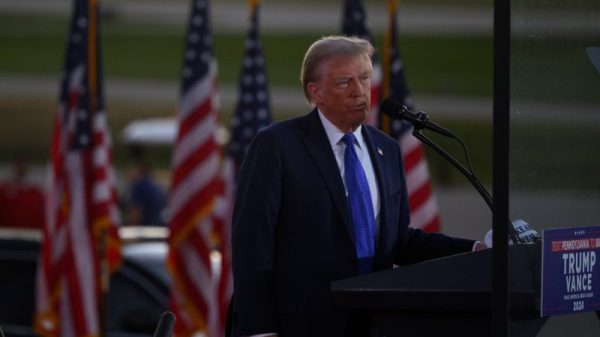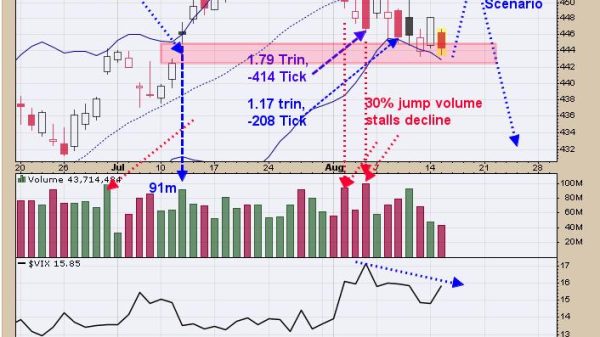As the world eagerly anticipates the Paris 2024 Olympic Games, which will take place from July 26 to August 11, the medals to be awarded to victorious athletes have garnered attention for their unique design and composition.
This year, the medals are not just a symbol of athletic achievement but also a piece of French history.
Each medal contains an 18 gram piece of original iron from the Eiffel Tower, the symbol of Paris, in the shape of a hexagon at the center — a nod to mainland France’s nickname ‘The Hexagon.’ Embossed lines radiating from the hexagon create a striking visual effect.
The Eiffel Tower, constructed in 1889, features a type of iron known as ‘puddle’ iron. The puddling process was crucial in producing iron of nearly pure quality and exceptional strength by eliminating excess carbon from cast iron.
During the 20th century, some of this original material was removed from the tower during renovations and carefully preserved. In recognition of the games’ importance, the Société d’Exploitation de la Tour Eiffel has allowed these historic iron pieces to be repurposed into the Olympic medals.
“There was a huge amount done to try to bring together these precious metals — gold, silver and bronze — with the most precious metal in the Eiffel Tower, the jewel in the French crown,” Tony Estanguet, President of the Paris 2024 Organising Committee, said.
The reverse side of the medals combines the history of the Olympics with France’s iconic landmark, depicting the Greek goddess of victory, Nike, against the backdrop of the Panathenaic Stadium in Athens and the Eiffel Tower.
The 2024 Olympic medals are designed by the French jewelry company Chaumet, marking the first time a jeweler has taken on this task for the Olympics. A total of 5,084 medals will be awarded during the Paris 2024 Olympics and Paralympics.
How much are the metals in a 2024 Olympic medal worth?
While the symbolic significance of an Olympic medal and the iron from the Eiffel Tower are both priceless, you may be wondering just how much the Olympic medals are worth based on the metals used to create them.
The prices of both gold and silver have performed strongly in 2024, with gold setting new all time highs earlier in July. Prices used for these calculations come from metal pricing on July 24 at 12:00 PM EDT, when the gold price was about US$2,400 and silver was about US$29.
First up is the Olympic gold medal, which is actually largely composed of pure silver with 6 grams of gold plating. The 2024 gold medal weighs 529 grams, including the 18 grams of iron, putting the silver content at 505 grams. Combined, the gold and silver metals content give the 2024 gold medal an intrinsic value of approximately US$932.
This year’s silver medal weighs 525 grams, 507 grams of which is pure silver, resulting in the Olympic silver medal’s metal content having a value of approximately US$471.
The bronze medal weighs in at 455 grams, composed of 415 grams of copper and 22 grams of zinc. With prices for both under US$5 per pound, the metals in the bronze medal hold minimal intrinsic value compared to the other two. However, they make up for it with their immense symbolic significance.
The historical context of Olympic medals
Olympic medals have evolved significantly since the modern Olympic games began in Athens, Greece, in 1896. Initially, winners received silver medals and olive branches, while second-place finishers were awarded bronze medals and laurel branches.
Since then, an estimated 36,600 medals have been awarded. However, the tradition of awarding gold, silver, and bronze medals did not begin until the 1904 St. Louis Olympics in the US.
Olympic medals have seen various designs and materials over the years. Early medals often featured Greek mythology, while modern designs have added motifs representing the host city’s culture.
More recently, the Tokyo 2020 Olympics set a precedent for innovation by creating medals from recycled electronic devices, including 6.21 million cell phones, to emphasize sustainability.
This year, the Paris Olympics continue this legacy of innovation by incorporating historical elements into the medal design. In addition to the use of iron from the Eiffel Tower, the medals were crafted at the Monnaie de Paris, the French Mint, which is the same institution that minted the medals for the 1924 Paris Olympics, bringing a century-old tradition full circle.
This upcoming Olympics, each athlete will be vying not only for the glory and honor of their home countries, but also the opportunity to take home a piece of history in each medal that serves as a testament to their skill and determination.
“What’s impactful for this year will be having a part of the original Eiffel Tower metal, the iron, in these various medals, and so this is what we wanted to do, to infuse all these 2024 athletes with that metal,” Estanguet said.
Securities Disclosure: I, Giann Liguid, hold no direct investment interest in any company mentioned in this article.



